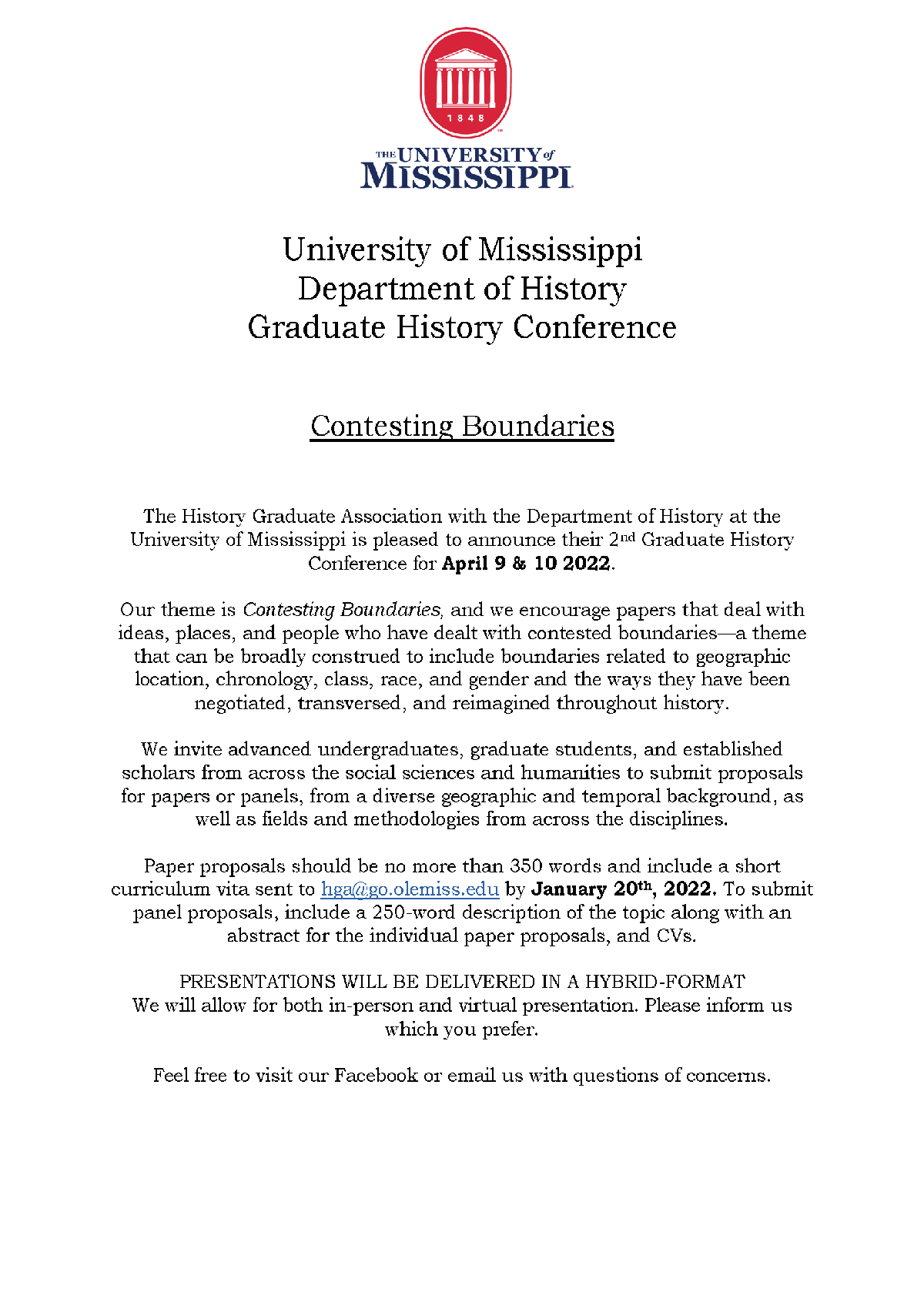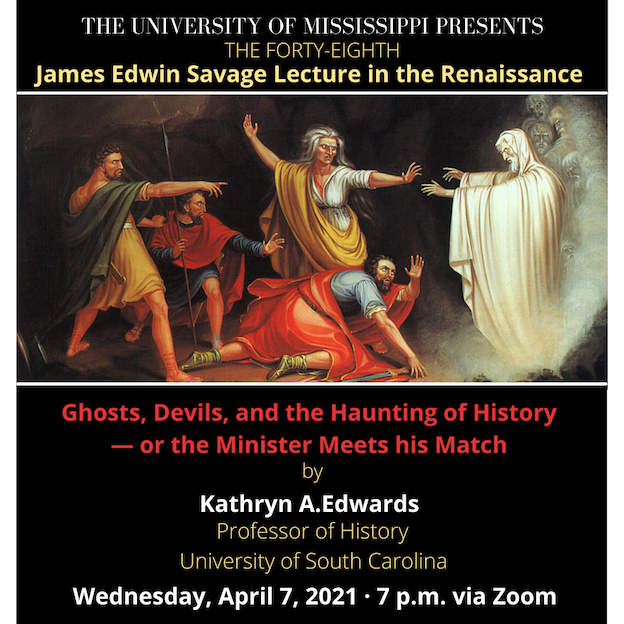The remarks came in response to the House voting to strip Greene of her committee assignments. But while this was an unprecedented act of discipline against a member, only 11 Republicans supported it. By contrast, 199 of them voted against the move, with many ignoring Greene’s rhetoric and focusing instead on the dangers of the precedent being set by the majority party dictating the committee assignments of a member of the minority party. This reveals that Greene is far from a pariah and that procedural concerns trouble her peers more than her rhetoric. Some of her fellow Republicans supported her candidacy, and she won Georgia’s 14th Congressional District with 75 percent of the vote.
While commentators have painted Greene’s radicalism as shocking and unprecedented in the hallowed halls of Congress, history provides at least one clear antecedent for Greene — and a warning to her Republican colleagues on the dangers of excusing her rhetoric or treating it lightly.
A century ago in 1920, another unabashed conspiracist was elected to the House from the Deep South — John E. Rankin of Mississippi’s 1st Congressional District. Taking office at the apex of Jim Crow disfranchisement, Rankin was far from the only dedicated White supremacist in Congress. But his outspoken extremism on a range of issues was unmatched. Casting himself as a “real, red-blooded American” and a lonely defender of “American institutions,” Rankin combined his hatred for Black Americans, Japanese Americans and Jews into an explosive cocktail of bigotry. His worldview was defined by vast international conspiracies and suspicion of pervasive internal subversion, and he often connected his various targets to the perceived threats of socialism or communism.
During the 1930s, Rankin focused on keeping the United States out of foreign wars and alliances, including opposing efforts to aid Britain in its fight against Nazi Germany. On the floor of the House, Rankin blasted efforts to drag the United States into World War II as the work of an international communist cadre that included munitions makers, Wall Street executives, East Coast journalists and Hollywood elites, all “in collusion with Moscow to overthrow the American republic.” He blamed the same group for racial intermarriage, integration efforts and immigration, tying them all to a grand scheme that threatened to “destroy the last vestige of our Christian civilization.”
Yet Rankin’s impact went beyond his rhetoric. Throughout Franklin D. Roosevelt’s presidency, Democrats relied on the Southern segregationist wing of their party in Congress to codify key elements of the New Deal. Since the South was one-party territory, the segregationists accrued seniority, which let them chair committees and subcommittees. To protect Roosevelt’s agenda and the party’s majority, therefore, Democrats accommodated outspoken racists such as Rankin and his fellow Mississippian, Sen. Theodore Bilbo.
Due to mass disfranchisement, Rankin was elected to 16 terms by the votes of a small number of White elites in northeast Mississippi, and he slowly gained the powers that came with seniority in the House. Emboldened by the implicit support of his colleagues, Rankin’s racist and anti-Semitic views shaped federal policies and destroyed lives.
For example, after the attack on Pearl Harbor brought the United States into World War II, Rankin jumped to frame the conflict in racial terms. On the House floor, he declared a “race war” between White civilization and “Japanese barbarism.” Citing President Andrew Jackson’s policy of Indian removal, he called for the imprisonment and deportation of all Americans of Japanese ancestry, based solely on their ethnic heritage and regardless of their citizenship status.
The very next day, Roosevelt signed Executive Order 9066, which laid the foundation for the policy of Japanese internment. While it did not go as far as Rankin wanted, the policy had echoes of his bigotry. Rankin continued his efforts to strip Americans of their constitutional rights, arguing against birthright citizenship for Japanese Americans, demanding harsher treatment of those interned on the West Coast and opposing Hawaiian statehood solely based on the islands’ substantial Japanese population.
Rankin was also deeply anti-Semitic. He often fixated on Jews, equating them with Communists, no matter their loyalties. In 1941, Rankin denounced a meeting of “international Jews” in New York’s financial district. Infuriated, his Jewish colleague, Rep. M. Michael Edelstein (D-N.Y.), delivered an impassioned rebuttal, left the House floor, collapsed and died of a heart attack in the House lobby. Rankin was unnerved, and the outrage of his colleagues caused him to lay low for a time, but he never apologized for the speech that had angered Edelstein to death.
Rankin continued gaining power in Congress, despite railing against the Red Cross for refusing to segregate the blood of White, Black and Japanese donors, shouting racial slurs on the House floor, privately entertaining Nazi sympathies and refusing to sit next to a Black colleague from his own party. In 1945, he ensured the establishment of the House Un-American Activities Committee, which paved the way for McCarthyism the following decade. Most notably, his powerful position on the House Veterans’ Affairs Committee, which he later chaired, allowed him to influence the language of the G.I. Bill to guarantee the denial of education and housing benefits to Black veterans across the South — a policy that helped ensure the rise of the racial wealth gap and vast economic inequality that lingers to today.
Rankin’s 32-year career ended only when Mississippi lost a seat in reapportionment, forcing his retirement at age 70. In 1952, his district was consolidated with another, pitting Rankin against fellow Rep. Thomas Abernethy in a tough primary race. Abernethy, who campaigned on his relative youth and his ability to aid Mississippi farmers through his position on the House Agriculture Committee, narrowly prevailed. But even then, the outcome was far from a repudiation of Rankin or his ideas.
Like Rankin, Greene has promoted false conspiracy theories about powerful elites with a master plan to destroy Western civilization — rhetoric that is arguably even more dangerous in the age of social media, when millions can access her words with a click. And like Rankin, Greene represents one of the most partisan districts in the nation and is unlikely to lose reelection to any member of the opposing party.
This is why what House Republicans decide to do about Greene’s controversial remarks matters. Will they accommodate their colleague or take sustained and decisive action to limit her influence? If Thursday’s vote was any indication, they seem more apt to follow a path that history shows to be dangerous. The case of Rankin reveals that failing to marginalize Greene could have serious policy ramifications, affecting millions of Americans’ lives and well-being.








 The history of red-lining is one increasingly well-known within and beyond the academy. In the 1930s, as part of an attempt to shore up the struggling economy by underwriting home mortgages, the government’s Home Owners’ Loan Corporation (HOLC), developed a series of guidelines and criteria for assessing the risk of lending in urban areas. HOLC criteria drew heavily on the racial logics employed by lenders, developers, and real estate appraisers. Thus, “A-rated” neighborhoods, those associated with the least risk for banks and mortgage lenders, tended to be exclusively white. While, “D”-rated areas, deemed the most-risky, included large numbers of black and/or other non-white residents. These neighborhoods were color-coded red on HOLC maps, hence the term red-lining. They were often denied home loans.
The history of red-lining is one increasingly well-known within and beyond the academy. In the 1930s, as part of an attempt to shore up the struggling economy by underwriting home mortgages, the government’s Home Owners’ Loan Corporation (HOLC), developed a series of guidelines and criteria for assessing the risk of lending in urban areas. HOLC criteria drew heavily on the racial logics employed by lenders, developers, and real estate appraisers. Thus, “A-rated” neighborhoods, those associated with the least risk for banks and mortgage lenders, tended to be exclusively white. While, “D”-rated areas, deemed the most-risky, included large numbers of black and/or other non-white residents. These neighborhoods were color-coded red on HOLC maps, hence the term red-lining. They were often denied home loans. month into her congressional career, Rep. Marjorie Taylor Greene (R-Ga.) continues to make national headlines for her remarks, past and present, promoting QAnon falsehoods that the 9/11 terrorist attacks and school shootings were staged and suggesting support for violence against political opponents. Her affinity for dangerous rhetoric and outlandish theories was public knowledge throughout her campaign, as was her disdain for recommended covid-19 public health measures such as mask-wearing. On Friday,
month into her congressional career, Rep. Marjorie Taylor Greene (R-Ga.) continues to make national headlines for her remarks, past and present, promoting QAnon falsehoods that the 9/11 terrorist attacks and school shootings were staged and suggesting support for violence against political opponents. Her affinity for dangerous rhetoric and outlandish theories was public knowledge throughout her campaign, as was her disdain for recommended covid-19 public health measures such as mask-wearing. On Friday, 
